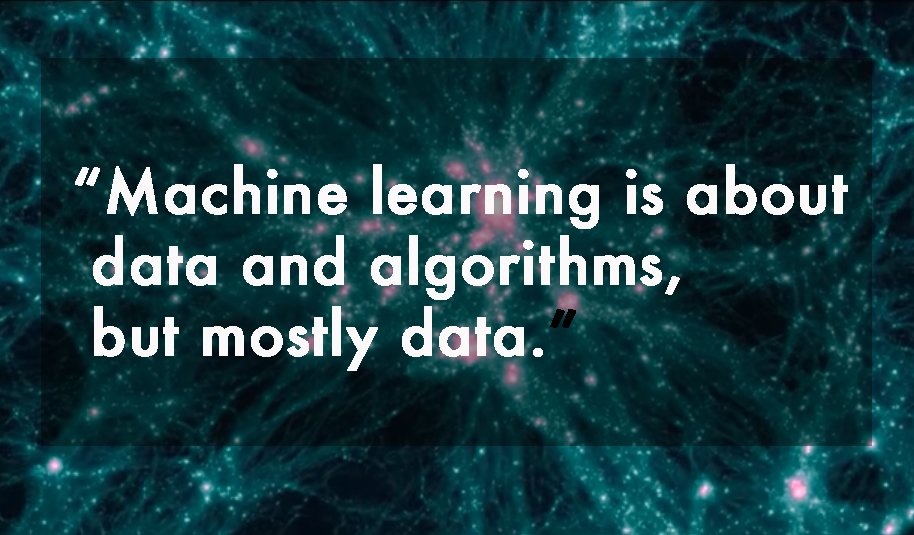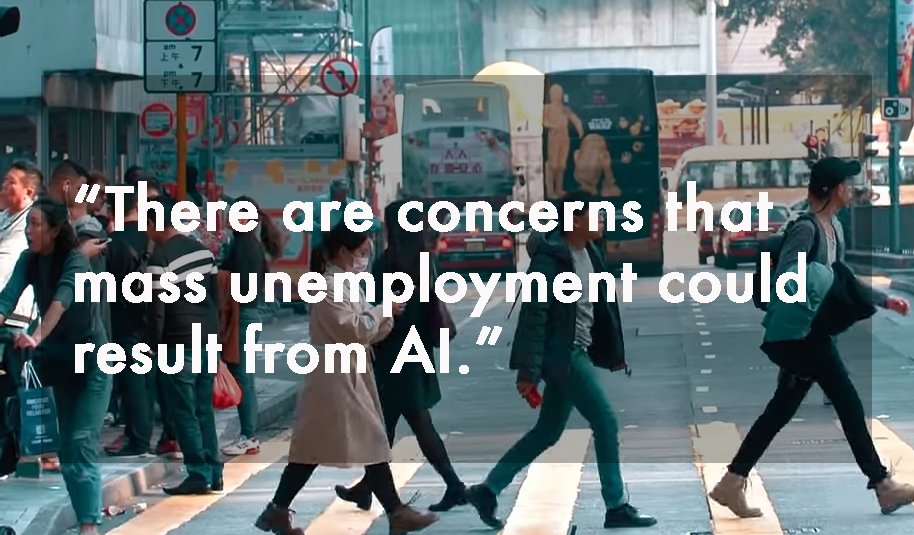
This is part 3 of a Guide in 6 parts about Artificial Intelligence. The guide covers some of its basic concepts, history and present applications, possible developments in the future, and also its challenges as opportunities.
By Maria Fonseca and Paula Newton
Artificial Intelligence: What is It?
Artificial intelligence is coming up in conversations more and more these days. But do you know what it really is? There are many ideas about artificial intelligence that originated in science fiction films, with artificially intelligent robots going wrong and taking over the world. Yet we are now at the point where machines are becoming able to both talk and think. There are also different terms that are used that can be confusing – such as what is machine learning, deep learning and how are these different from AI. So let’s find out what AI really is, and what the terms mean.
Artificial Intelligence, Machine Learning and Deep Learning
Artificial intelligence is considered to be anything that gives machines intelligence which allows them to reason in the way that humans can. Machine learning is an element of artificial intelligence which is when machines are programmed to learn. This is brought about through the development of algorithms that work to find patterns, trends and insights from data that is input into them to help with decision making. Deep learning is in turn an element of machine learning. This is a particularly innovative and advanced area of artificial intelligence which seeks to try and get machines to both learn and think like people.

Typically, AI is considered to include capabilities such as self-driving cars, military simulations, and the ability to compete at the top levels in strategic games, such as Chess, for example. Generally, AI is categorised into three types:
- analytical,
- human inspired
- humanised artificial intelligence
The first type, analytical AI is considered to be paralleled to cognitive intelligence, where learning from what has already happened can be used to make future decisions and solve problems. Human inspired AI includes this as well as human emotions that are involved in decision making. Meanwhile, humanised AI includes cognitive, emotional and social intelligence, and this requires self-awareness.
There are various areas that artificial intelligence can be programmed to work on. These include reasoning and problem solving, knowledge representation, planning, learning, natural language processing, perception, motion and manipulation and social intelligence, as well as general intelligence. Results have varied in all of these different areas depending on precisely what programmers have been trying not do.
What are the Challenges of AI ?
Concerns have arisen about artificial intelligence and the threat it brings. There is the issue raised at the outset about AI threatening people if it is allowed to continue without being reined in. As well as the fear that has been driven into us by sci-fi about artificial intelligence taking over the world, there are also economic worries. Specifically, artificial intelligence is considered by some to be a threat to work for people, as it already has the capability to perform some mundane and menial jobs that people do. There are concerns that mass unemployment could result from this. Others believe that businesses will be optimised through artificial intelligence, and actually there will still be a need for people, to validate the work that AI does. However, others talk of the idea of a universal basic income to be paid to people to allay the fears of not enough work.

What are the Benefits of AI
Parts of Ai, such as machine learning are beneficial in a number of ways. One of the most important is the fact that programming machines to learn in this way significantly cuts back on the requirement to code them manually to deal with a wide range of possibilities and how the machine should react in each case. There have been significant advances in this area, and examples include efforts to try and prevent disease through machine learning analysing genome sets, having machines diagnose depression through interpreting patterns of speech, and pinpointing people that might commit suicide.

Deep learning is even more complex and capable than this. Deep learning needs to be built within frameworks that are complex, which work on copying the way the human brain works. This is problematic since the way the human brain works is still not entirely understood today. The potential for what deep learning could do is phenomenal, but tremendous computing power is required to deliver such as the one only offered by quantum computing. The idea is to programme the machine to have an adaptable mind, so that it can reason within the programme.
There is a lot more to artificial intelligence than this, but this brief outline of its basic concepts hopefully provides a high-level overview that explains some of the basic elements of artificial intelligence and what it may be able to do.
Part 1
Part 2
Part 3
Part 4
Part 5
Part 6

Paula Newton is a business writer, editor and management consultant with extensive experience writing and consulting for both start-ups and long established companies. She has ten years management and leadership experience gained at BSkyB in London and Viva Travel Guides in Quito, Ecuador, giving her a depth of insight into innovation in international business. With an MBA from the University of Hull and many years of experience running her own business consultancy, Paula’s background allows her to connect with a diverse range of clients, including cutting edge technology and web-based start-ups but also multinationals in need of assistance. Paula has played a defining role in shaping organizational strategy for a wide range of different organizations, including for-profit, NGOs and charities. Paula has also served on the Board of Directors for the South American Explorers Club in Quito, Ecuador.










